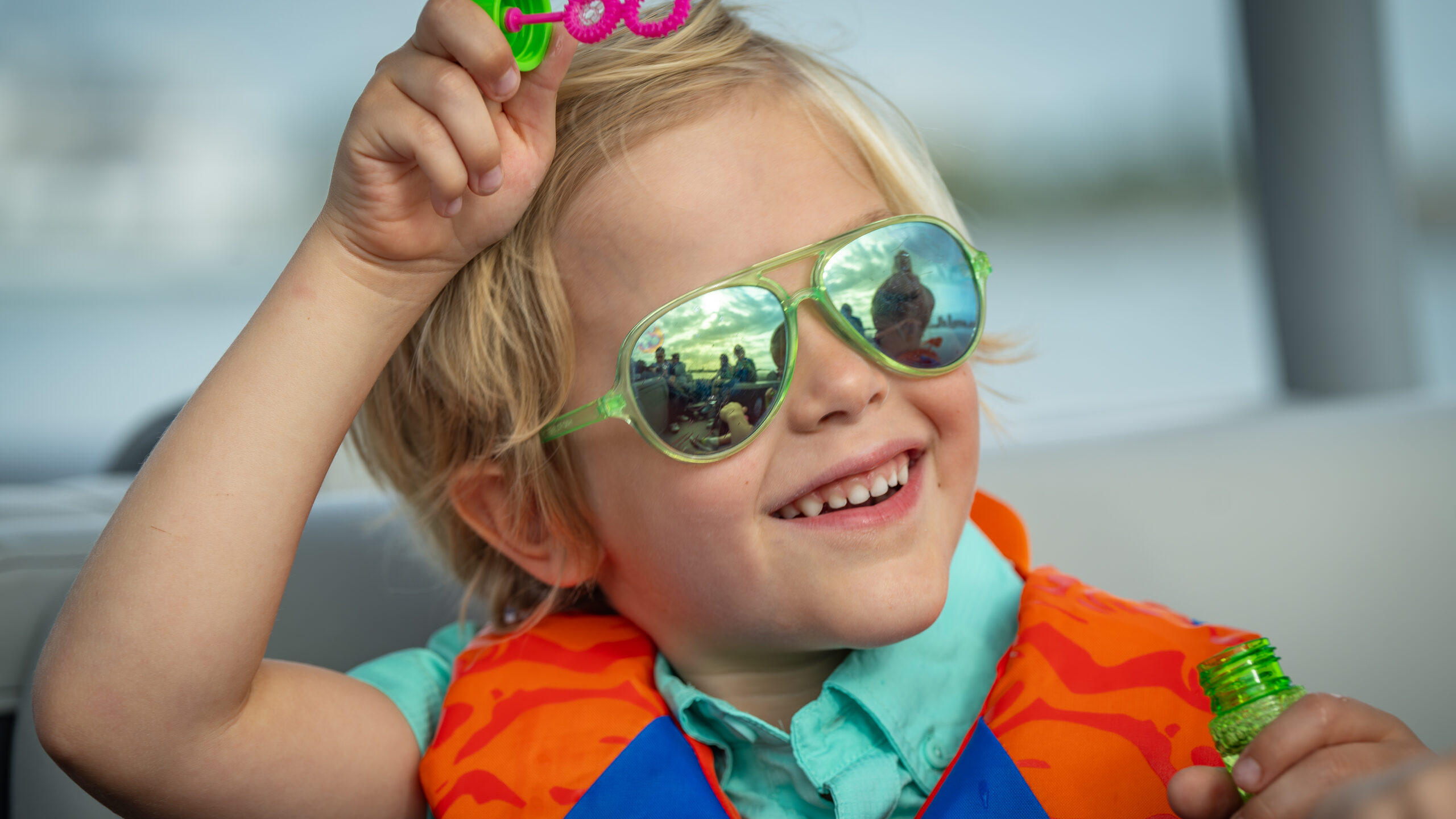Boating & Water Safety Media Best Practices

Learn how you can support a boating safety culture.

Be an example and saves lives.
Recreational boating and water activities are enjoyed by millions of Americans each year. To encourage growth in recreational boating and water activities, the Safe Boating Campaign recommends these boating and water safety media best practices to support a culture of safety and encourage those enjoying the water to have the right safety gear.
These voluntary media best practices may be helpful for photo and video shoots, advertisements, packaging, written materials, social media posts and other collateral.
Boating & Water Safety Media Best Practices

1. Life jackets: To model responsible safety behavior, all boaters should always wear a life jacket on any vessel underway (i.e. motorized and non-motorized watercraft). It is encouraged to have life jackets on children under the age of 13 while swimming or during other activities on open water (i.e. water trampolines, water slides). All state laws for life jacket use shall be followed (e.g. while operating or riding on a personal watercraft, etc.).
2. Alcoholic beverages: Alcohol is the leading contributing factor in boating incidents. Any displays of alcoholic beverages or drug use will be avoided in all marketing and advertising. Be conscientious to avoid any containers that may resemble alcoholic beverages.
3. Engine Cut-Off Switch: An engine cut-off switch should always be used on a watercraft with a motor (i.e. powerboat, personal watercraft). This may be a cord lanyard that is attached to the operator, or a wireless device that includes a wristband or fob for the boat operator. An engine cut-off switch will immediately stop the boat’s engine should the operator fall overboard.
4. Carbon Monoxide: Gasoline powered engines on boats produce carbon monoxide; an odorless and colorless gas that is poisonous. Please avoid people swimming anywhere near the stern (rear) of a motorized vessel, or occupants sitting along the swim deck/platform of a motorized vessel, while the boat motor is running.
5. Leash: If a stand up paddleboard activity is featured, the participant should wear an appropriate leash for the venue. This is attached to the paddleboard and to the participant’s ankle or calf.

